The early 20th century was a time of significant transformation for Indianapolis, the capital city of Indiana. As the nation moved towards the era of the automobile and rapid industrialization, Indianapolis was at the forefront of these developments. The city witnessed remarkable growth in population, industry, and infrastructure, earning its reputation as the “Crossroads of America” and the birthplace of its iconic motor racing legacy. This post will delve into the various aspects of life in Indianapolis during the early 20th century, focusing on its industrial growth, the emergence of the motor racing culture, and the impact of these changes on the city and its residents.
Industrial Growth and Development
Thanks to its strategic location and transportation infrastructure, Indianapolis experienced substantial industrial growth in the early 20th century. The city’s central position within the United States made it an ideal hub for transporting goods and people. With the growth of the railway network and the burgeoning automobile industry, Indianapolis became a vital crossroads, connecting major cities across the nation.
Factories and manufacturing plants sprung up across the city, providing employment opportunities for the local population. The automotive industry, in particular, played a crucial role in the city’s development, with several prominent manufacturers, such as Marmon, Stutz, and Duesenberg, establishing their operations in Indianapolis. The city’s thriving manufacturing sector extended to other industries, such as pharmaceuticals and food processing, further bolstering its economic growth.
The Emergence of Motor Racing Culture
The early 20th century began Indianapolis’s storied motor racing history. With the rise of the automobile industry and the city’s strategic location, it was natural that Indianapolis would become a center for motor racing enthusiasts. In 1909, the Indianapolis Motor Speedway was constructed, providing a world-class racing venue and setting the stage for the iconic Indy 500. The first Indianapolis 500 race took place in 1911, attracting drivers and spectators nationwide. The event quickly gained a reputation for showcasing the latest advancements in automotive technology and the skills of the most talented drivers. The Indy 500 became an annual tradition, drawing thousands of visitors to the city each year and solidifying Indianapolis’s status as the “Racing Capital of the World.”
The Impact of Growth and Change on the City and Its Residents
Industrial growth and the emergence of motor racing culture in the early 20th century significantly impacted the lives of Indianapolis residents. The city’s population grew rapidly as people flocked to the area for job opportunities in the booming manufacturing sector. Neighborhoods expanded, with new housing developments constructed to accommodate the growing population.
The influx of new residents and the burgeoning industrial sector also brought challenges to the city. Pollution, overcrowding, and inadequate infrastructure became pressing issues, requiring innovative solutions from city planners and civic leaders. The early 20th century saw the development of public transportation systems, such as streetcars and interurban rail lines, which connected the city’s neighborhoods and facilitated the movement of people and goods.
Here below are some historical photos of Indianapolis from the early 20th century that show streets, landmarks, roads, and everyday life.


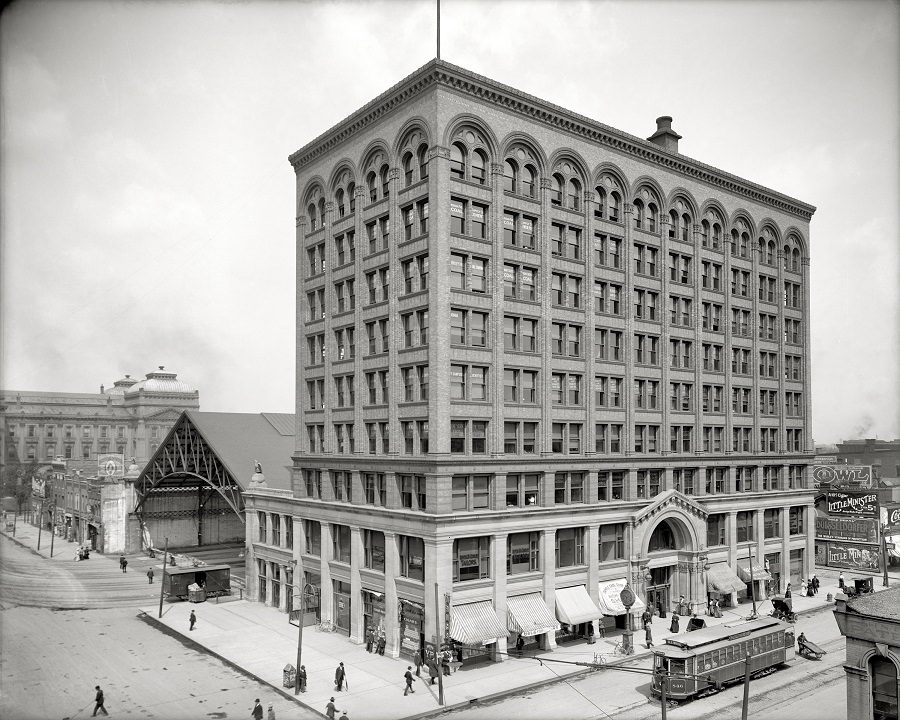
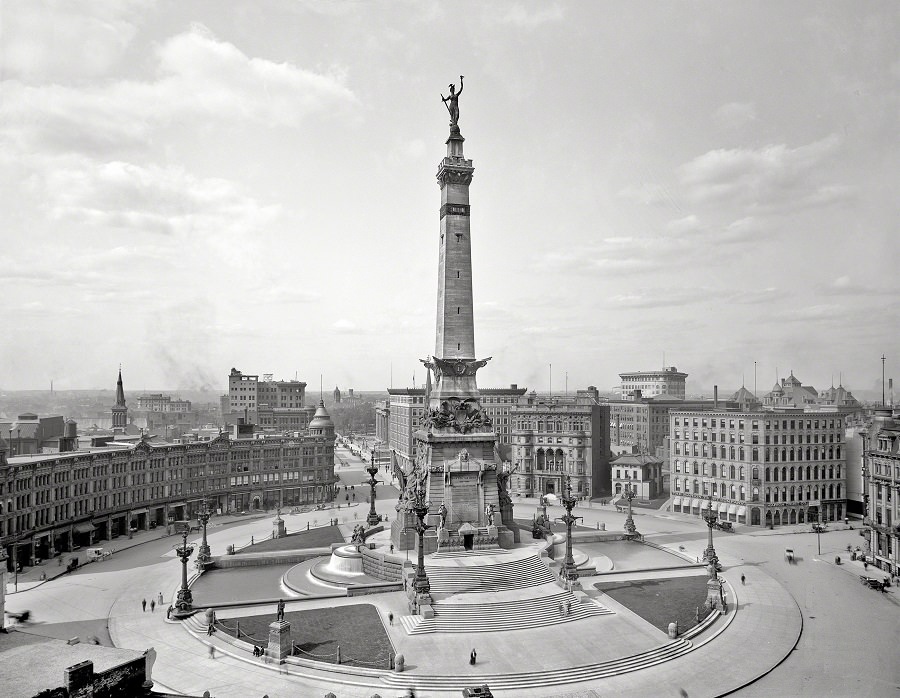
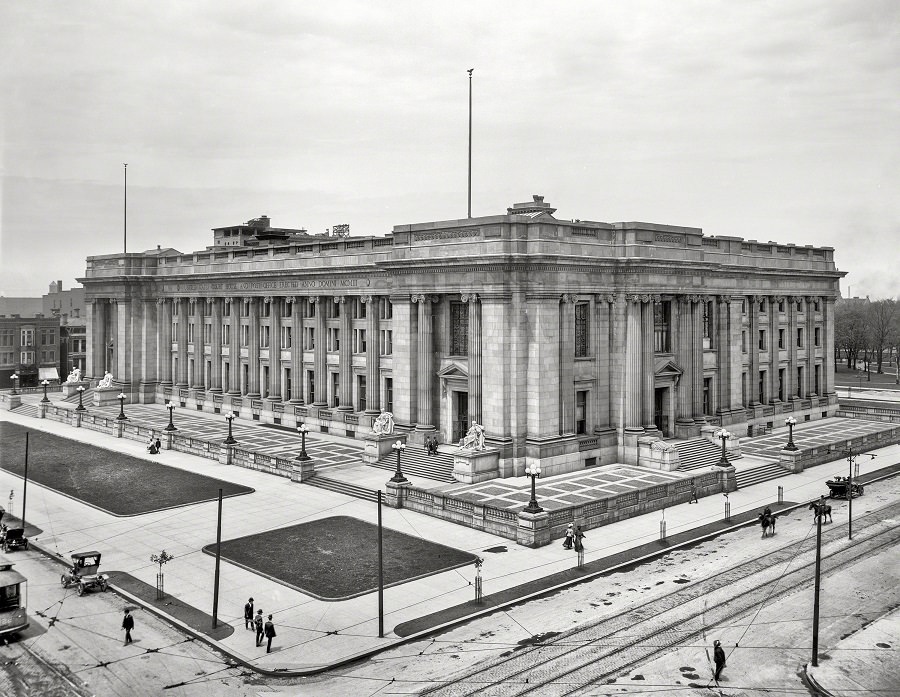
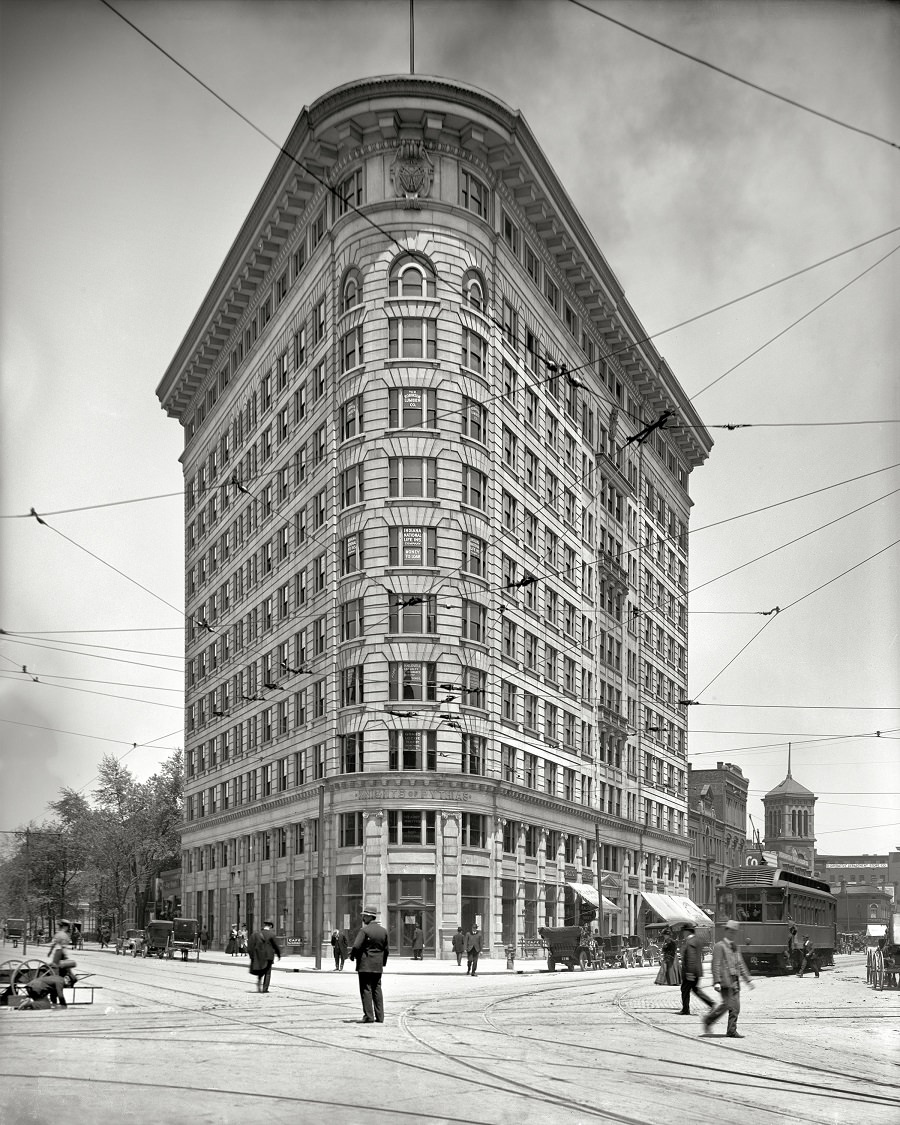
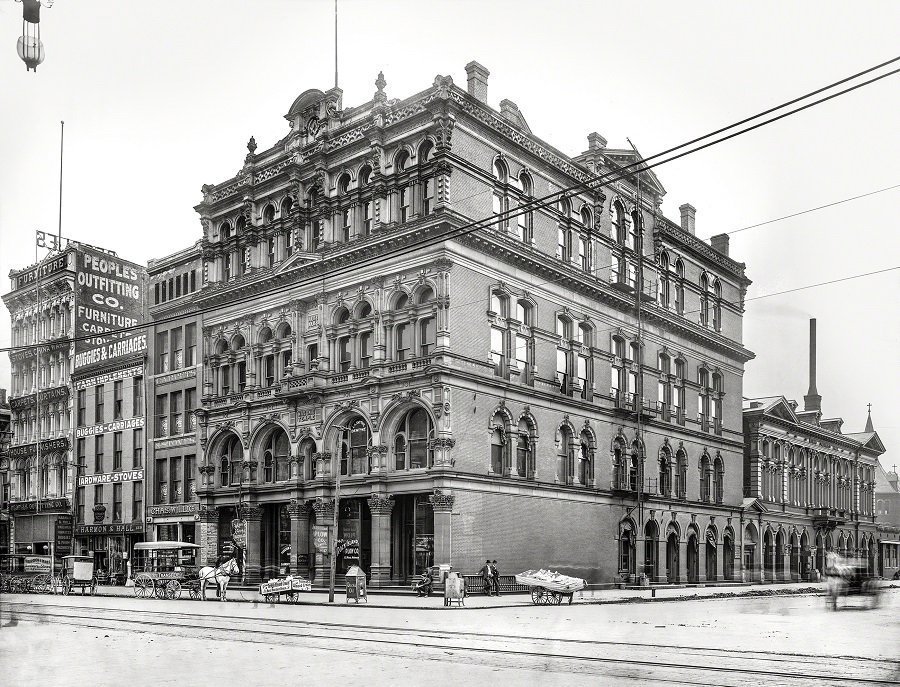
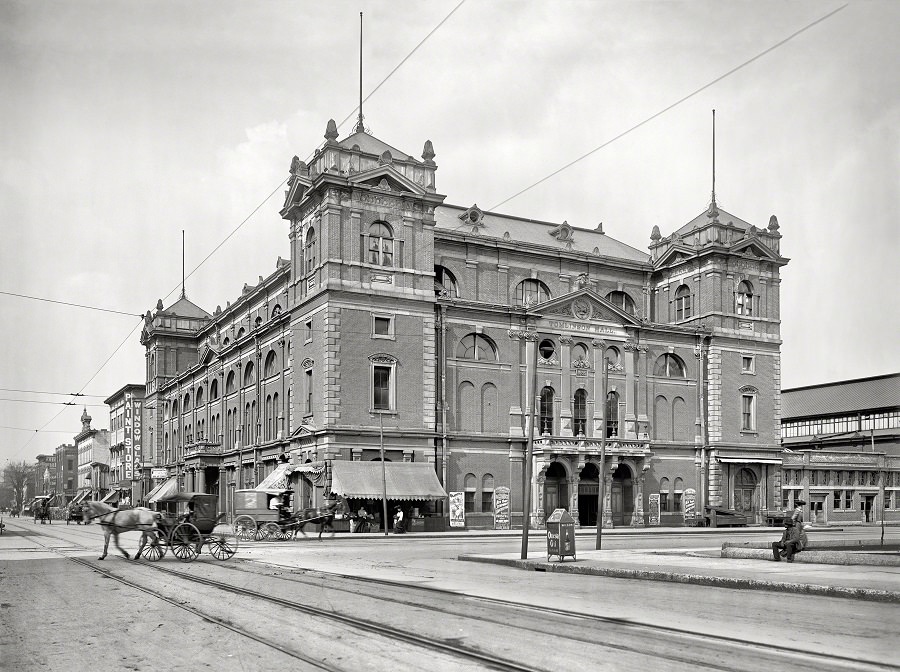
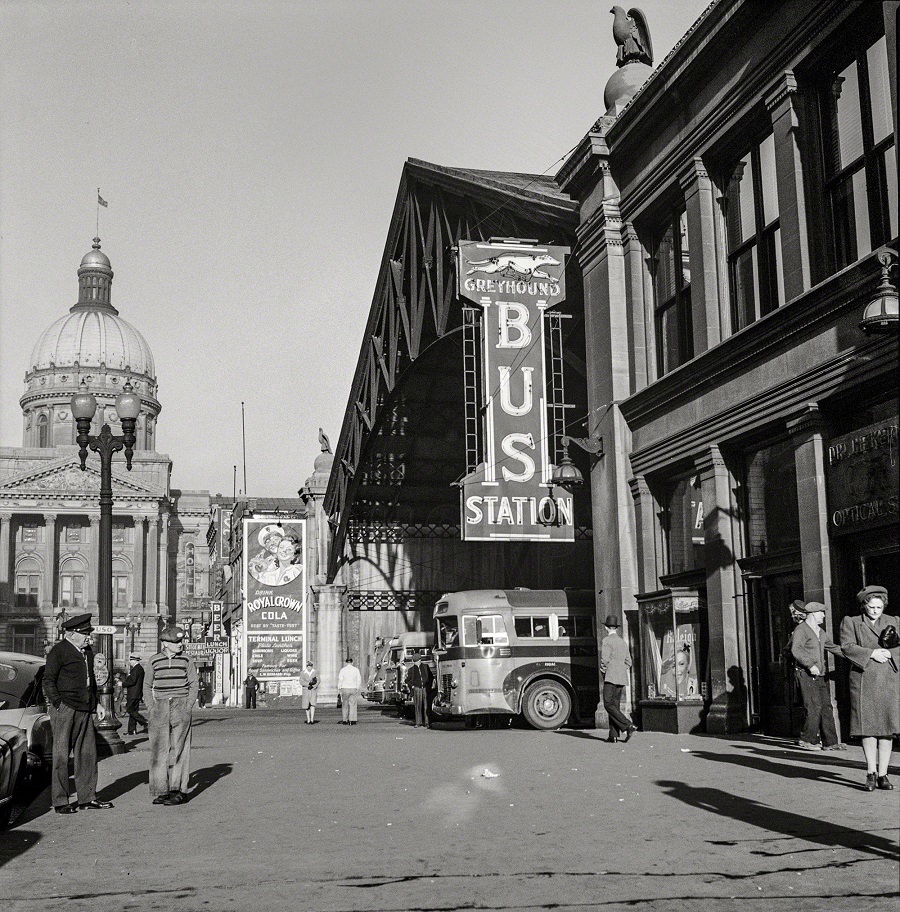
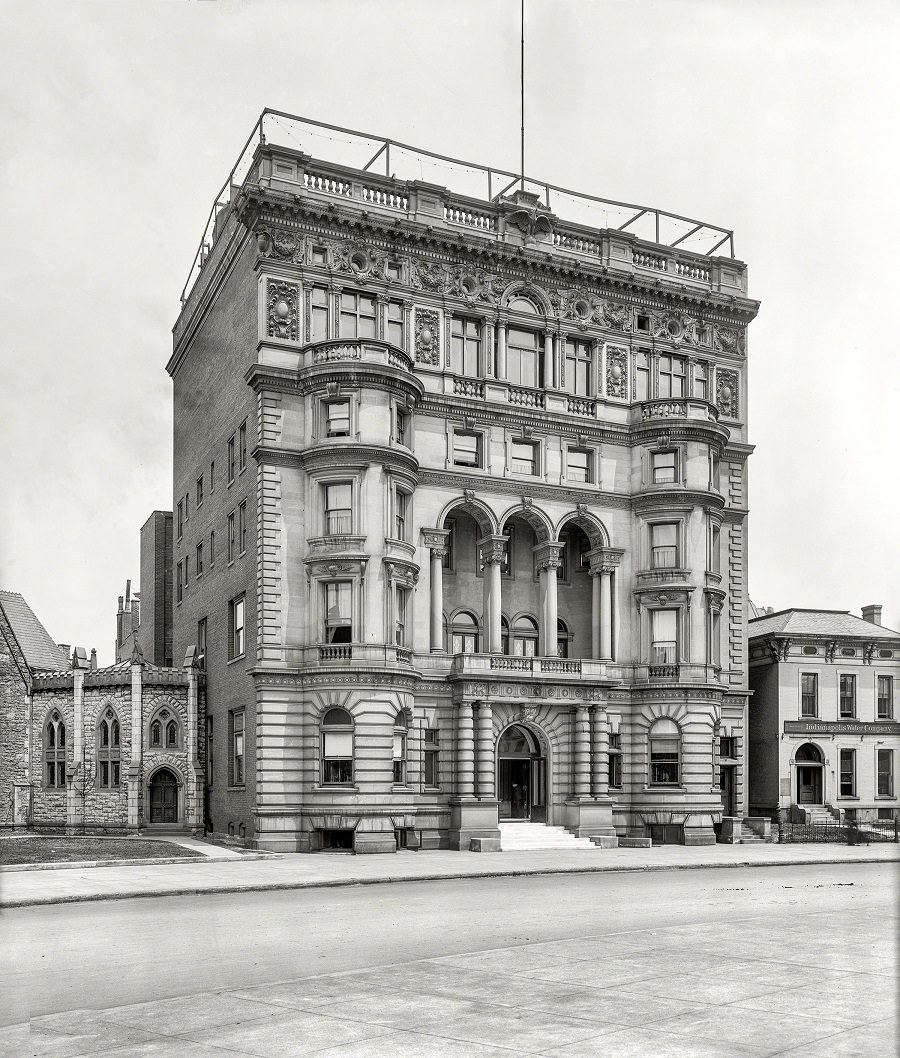
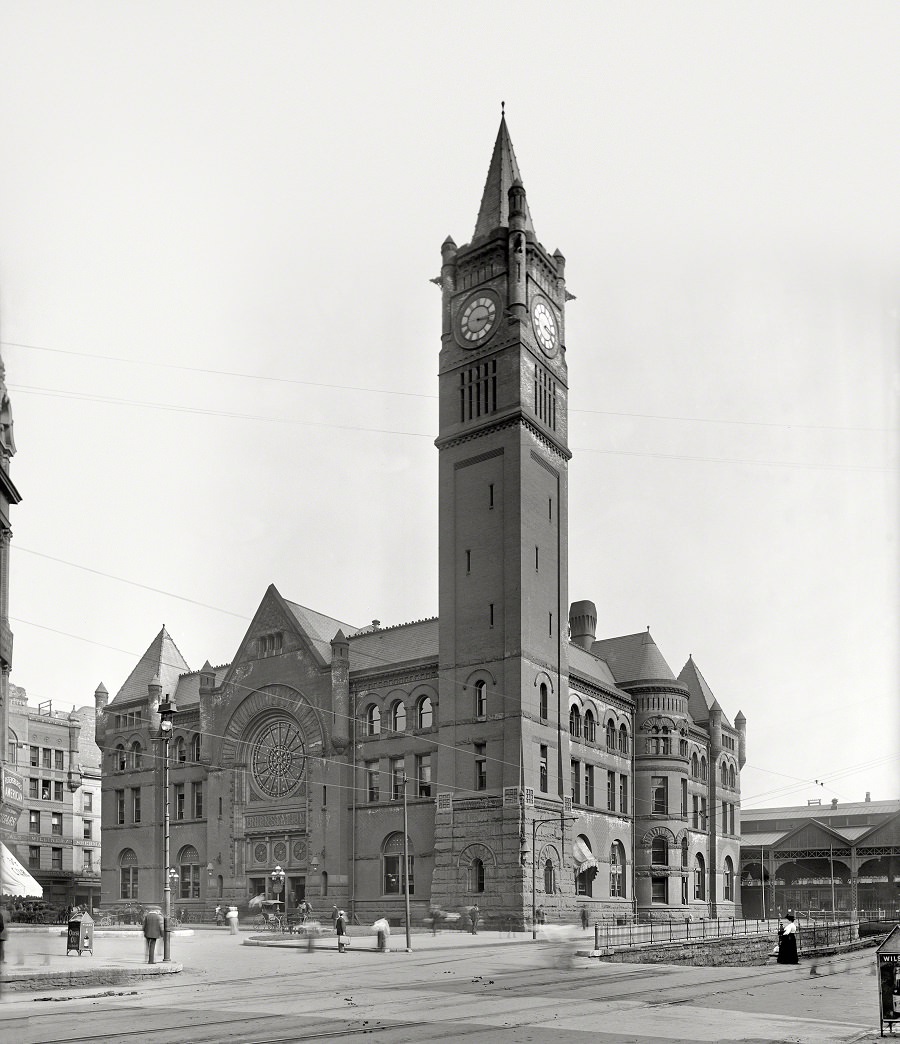
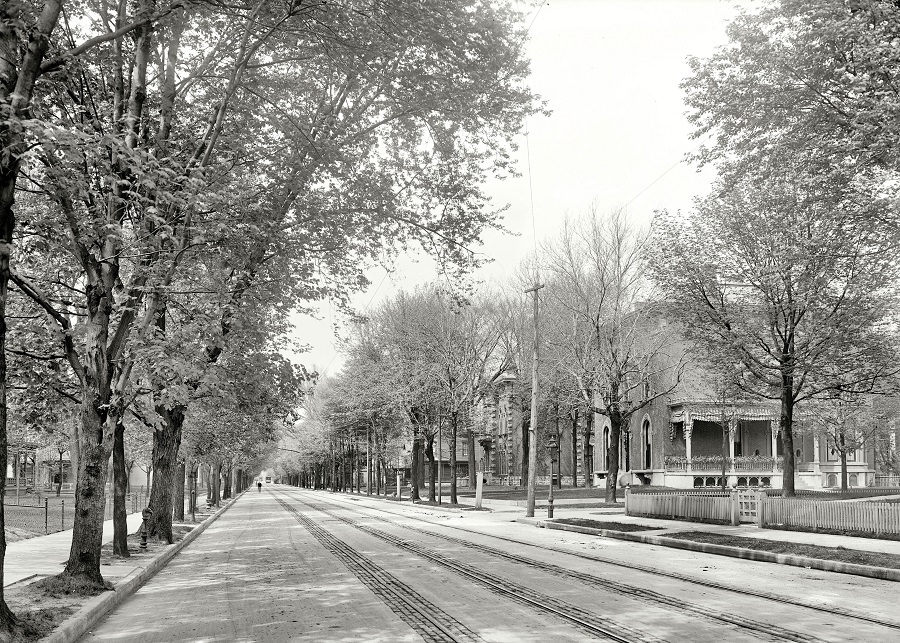
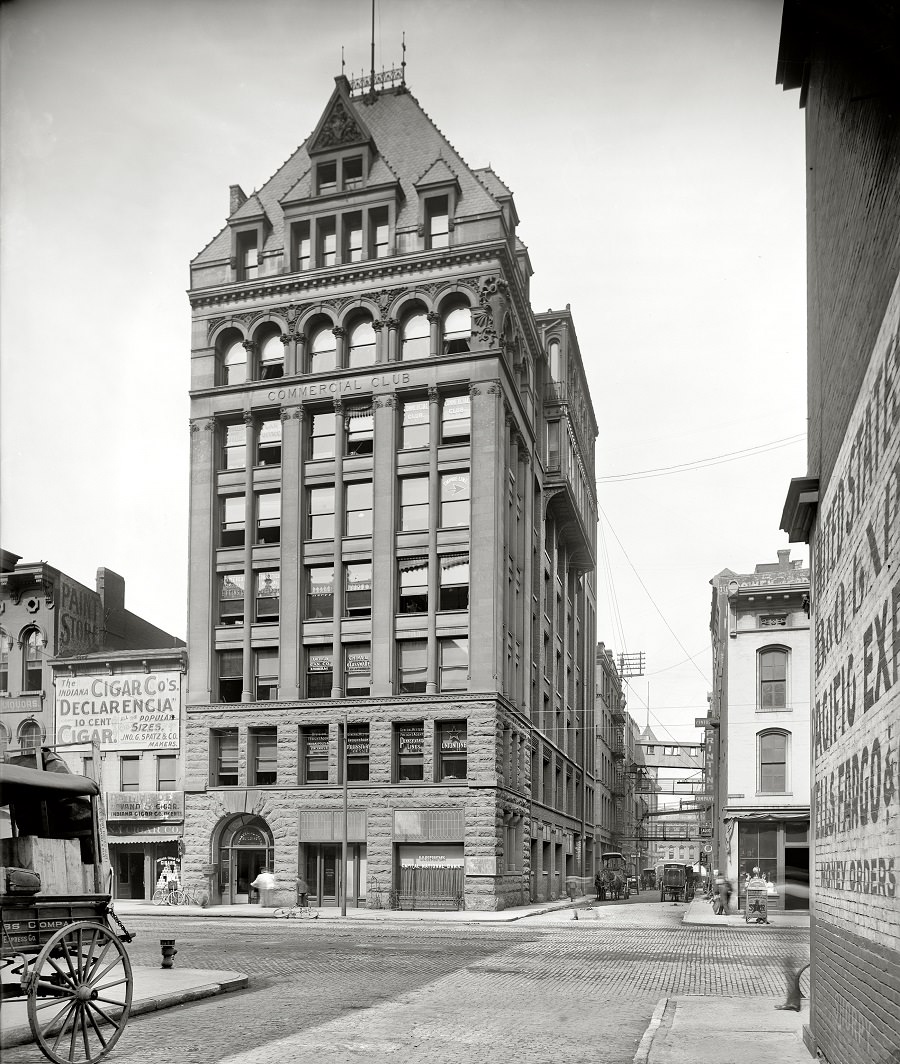
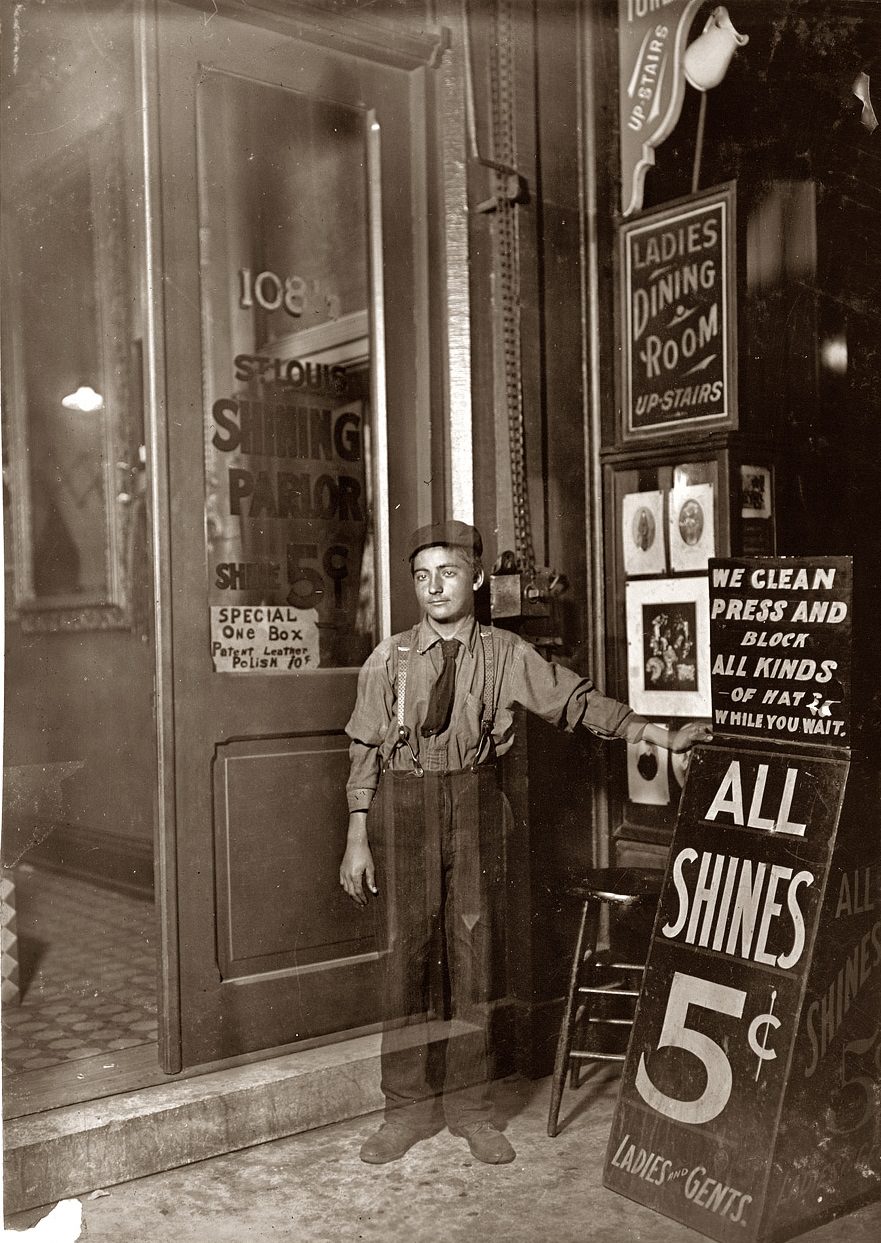
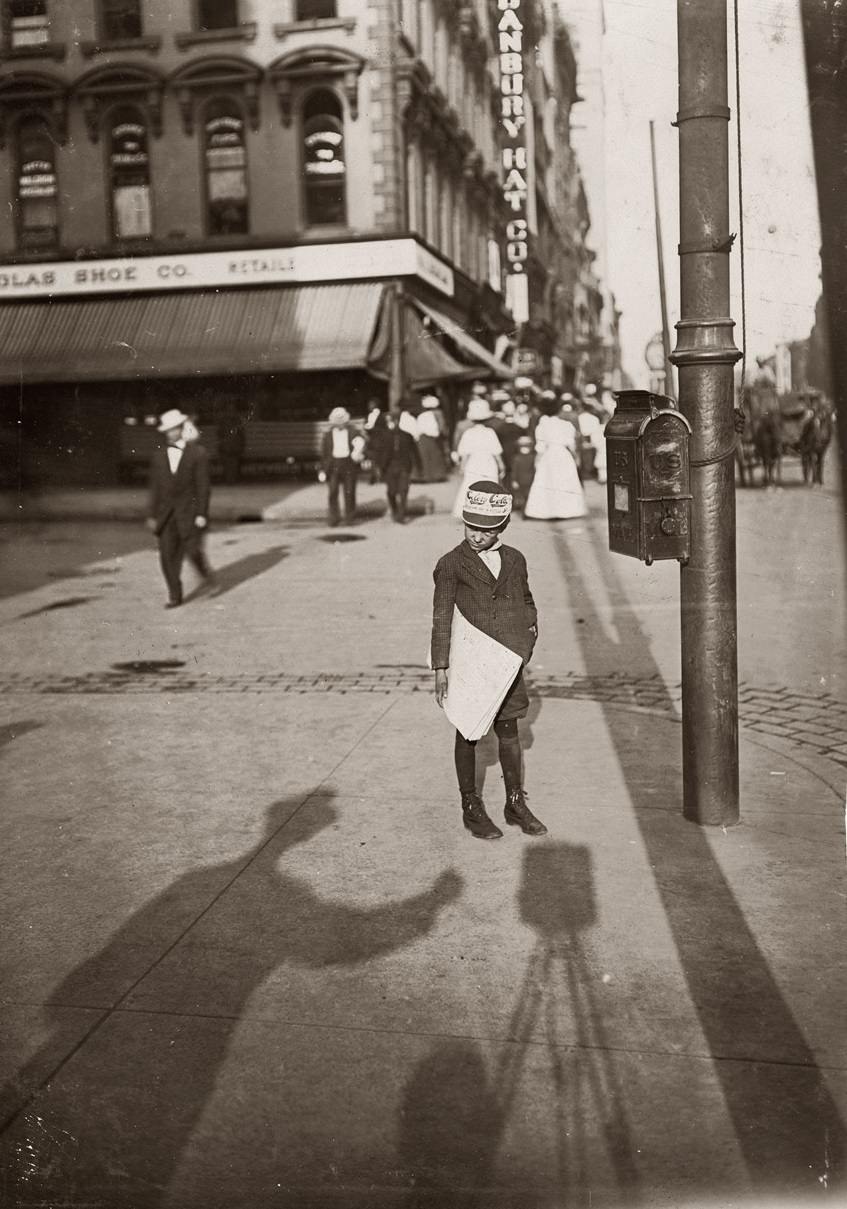
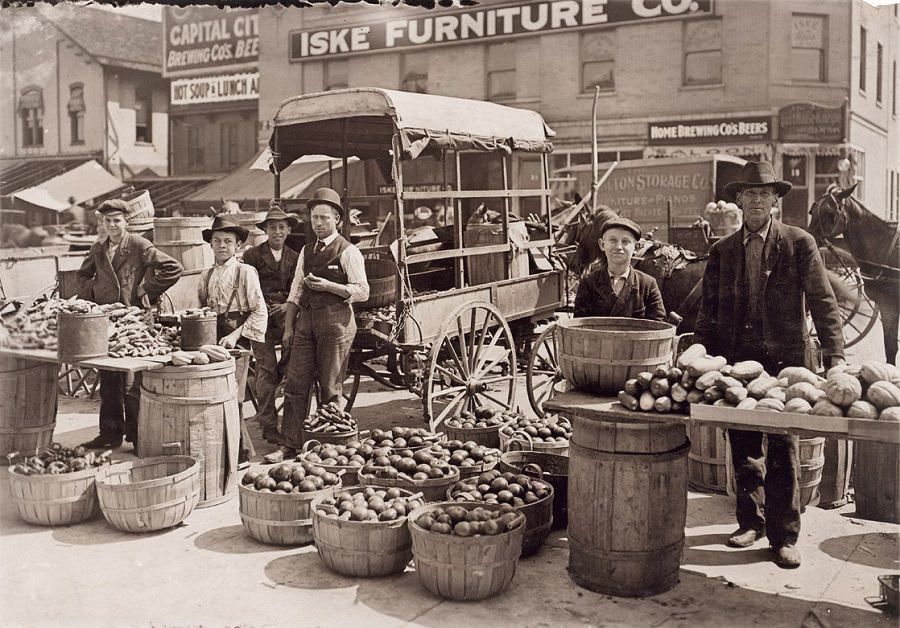
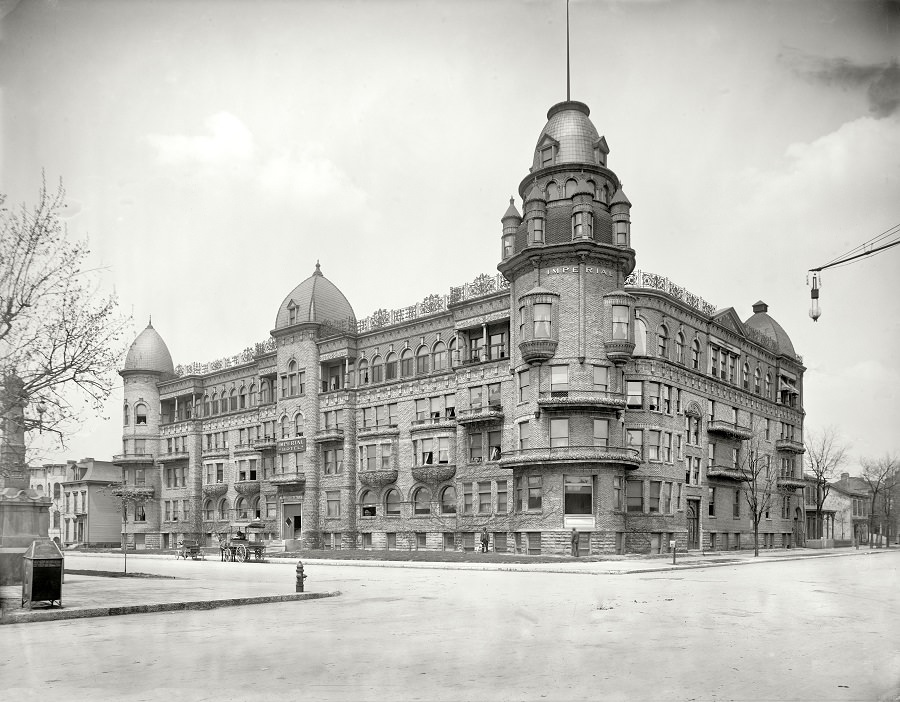
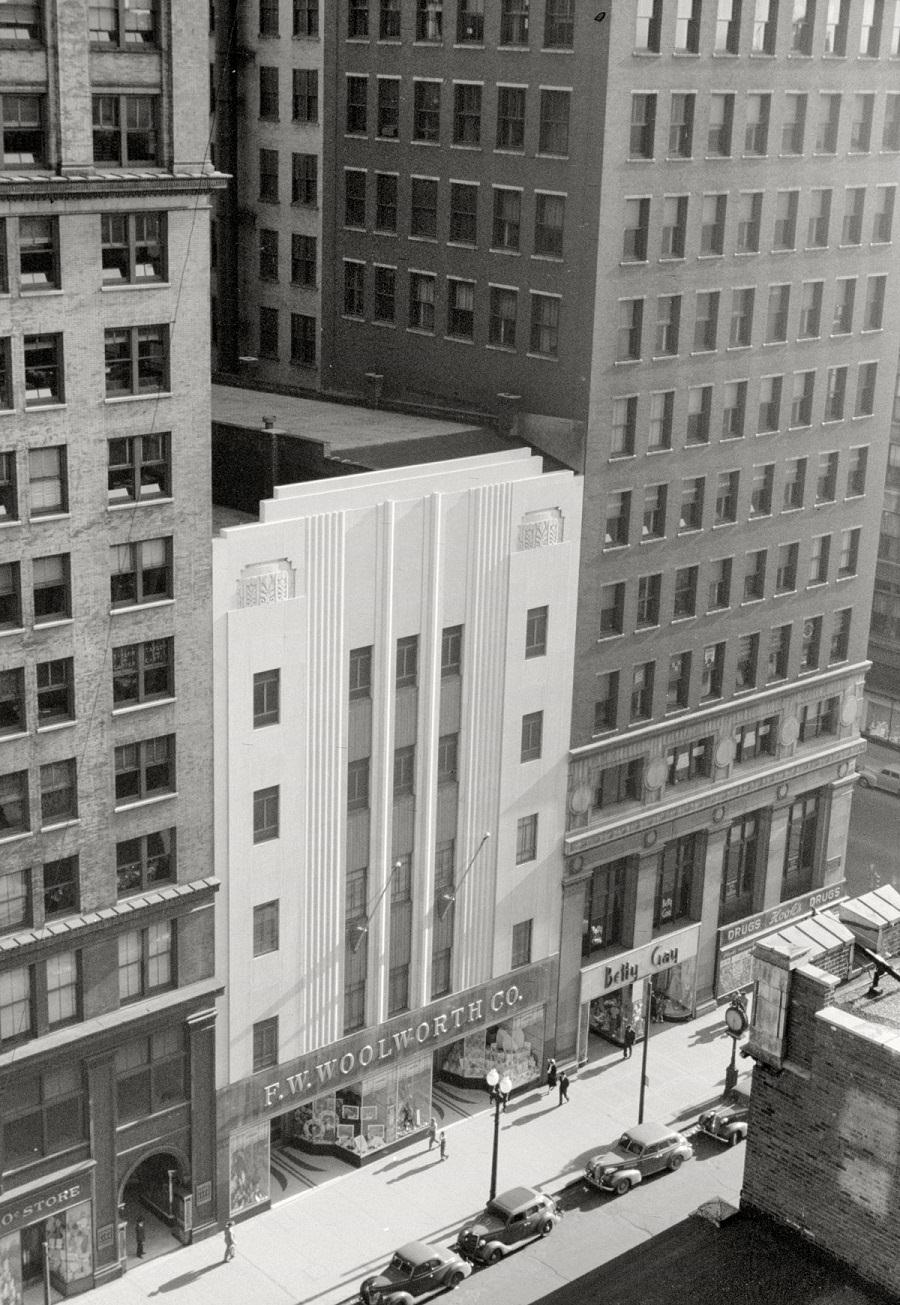
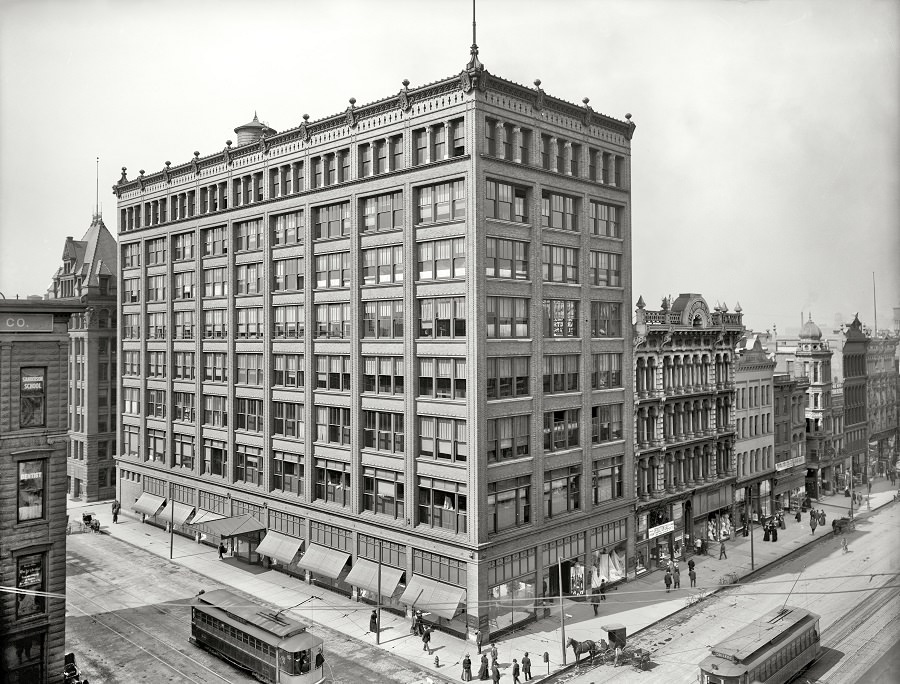
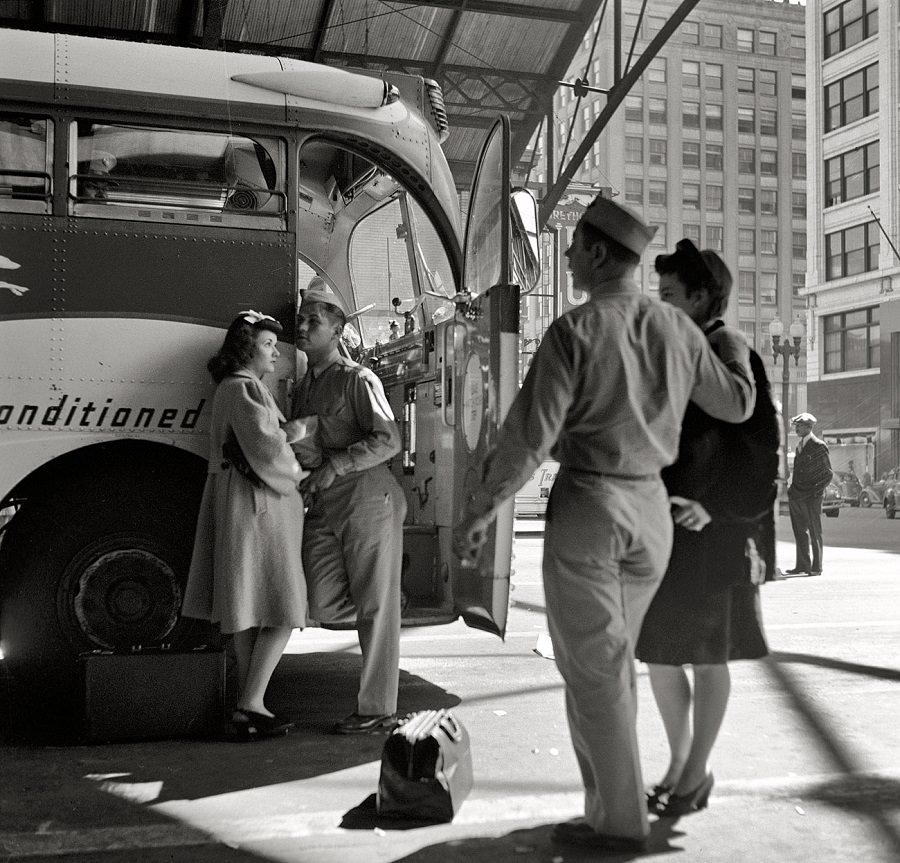
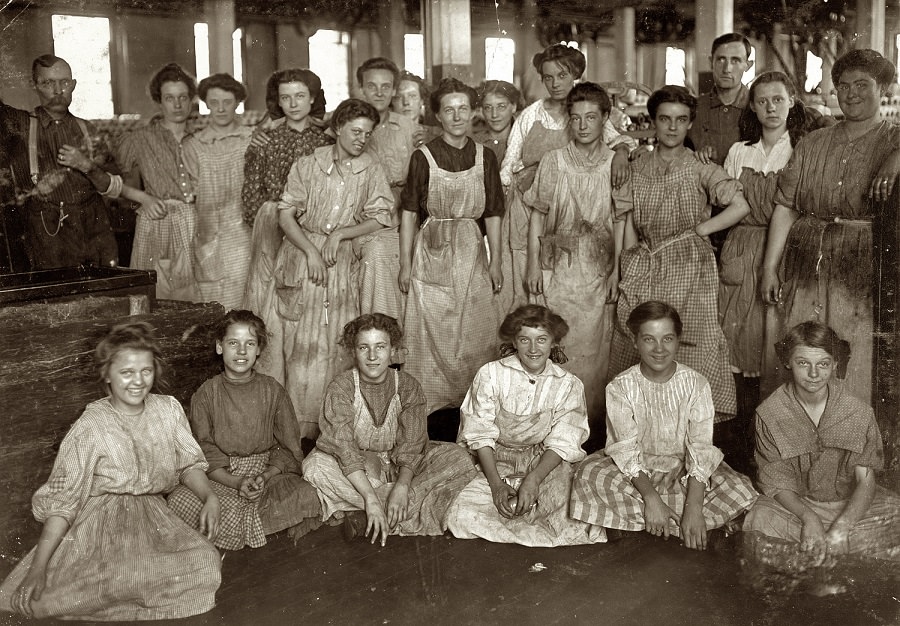
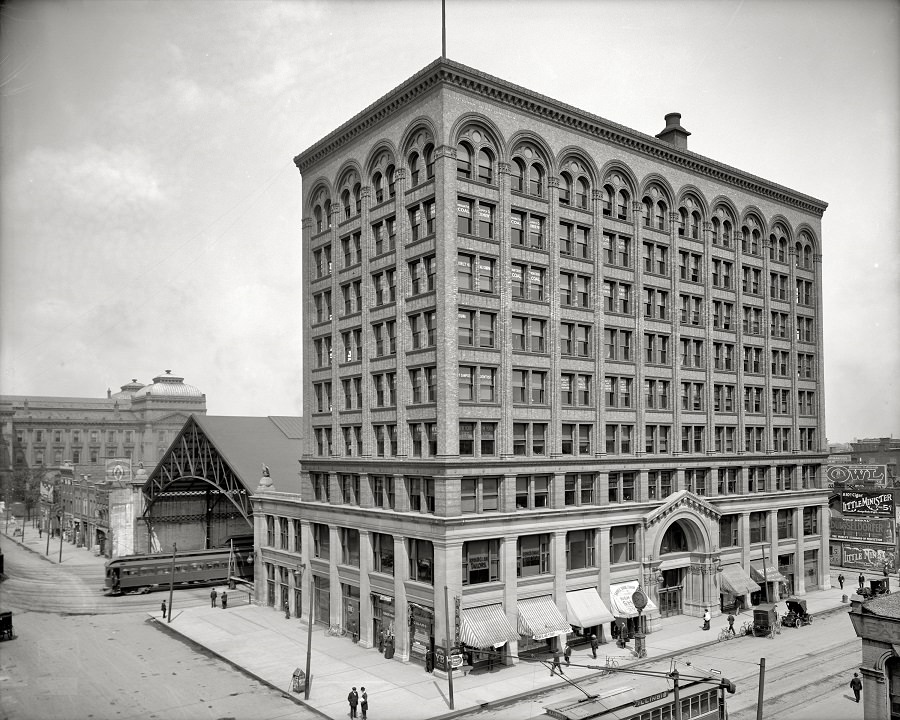
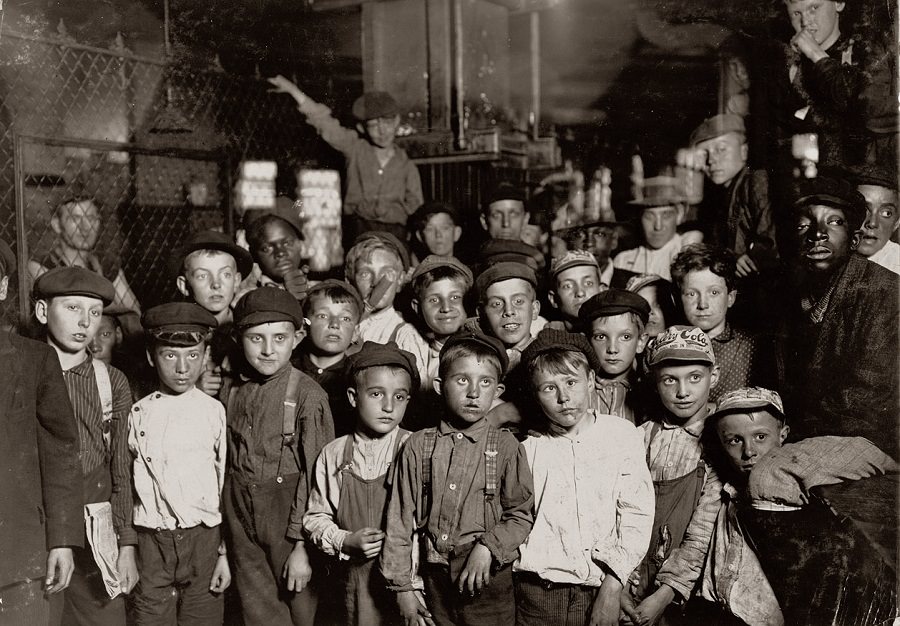
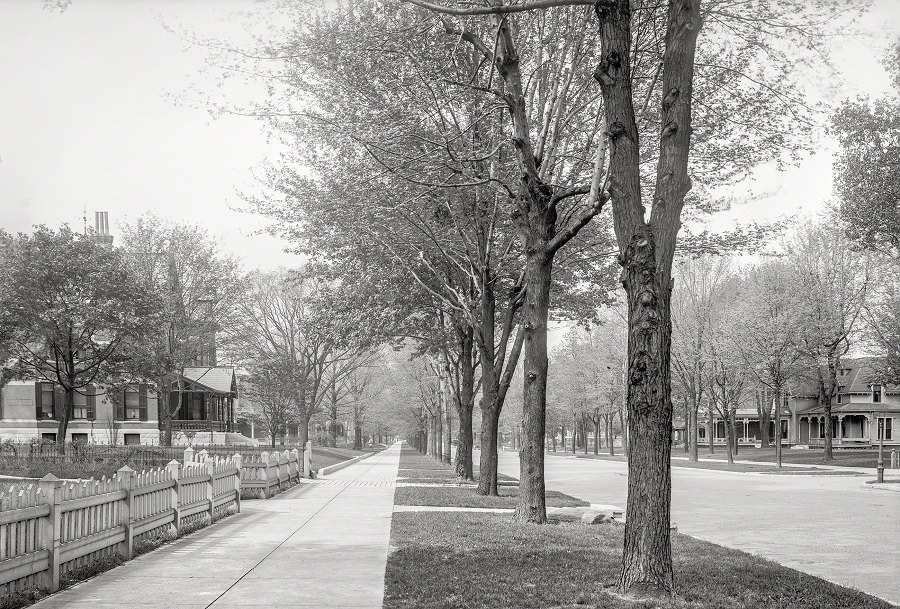
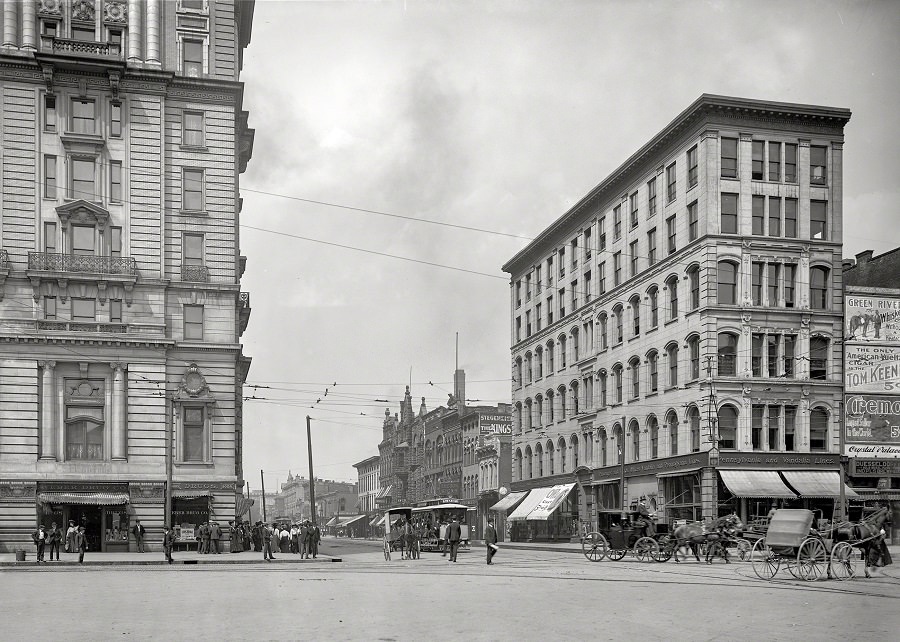
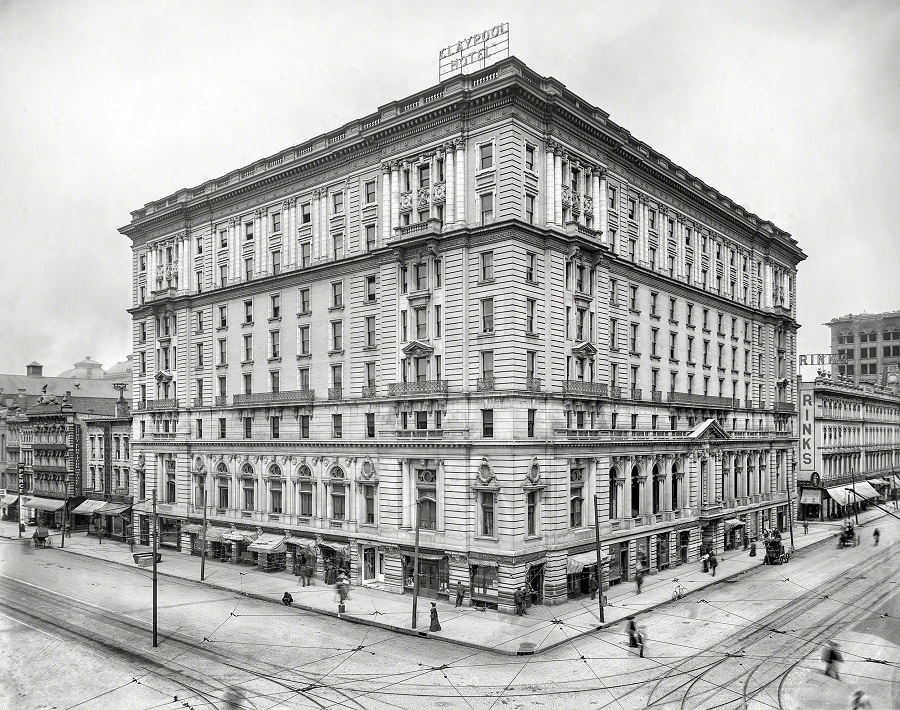
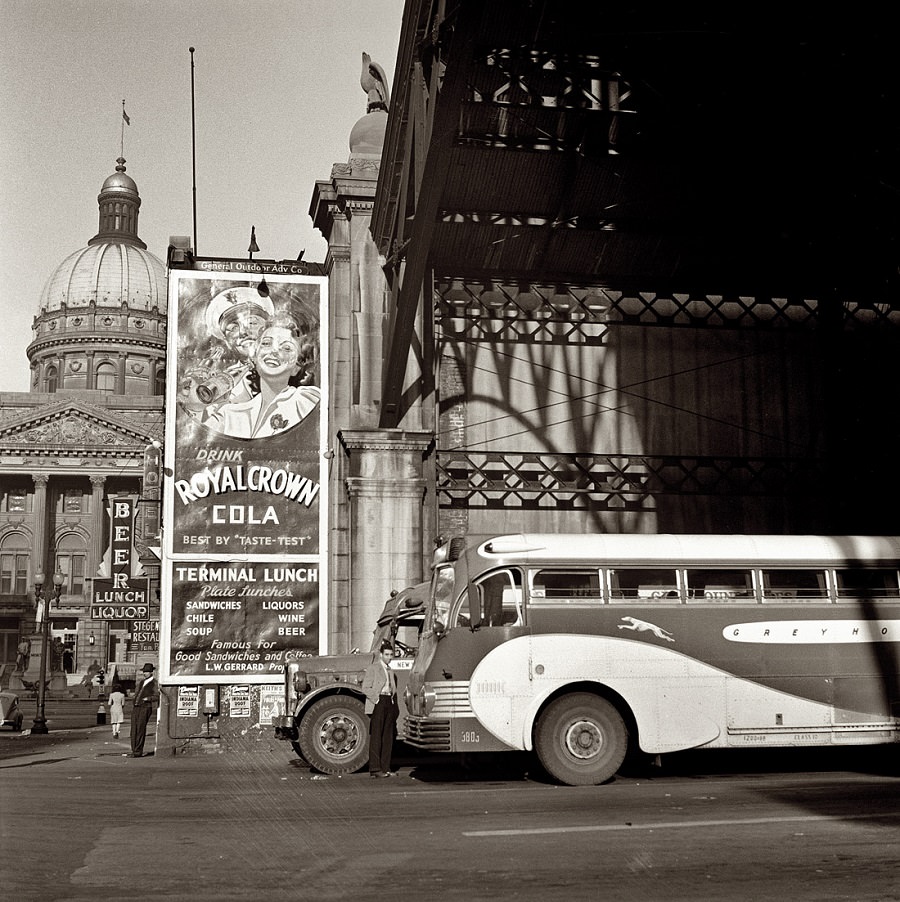
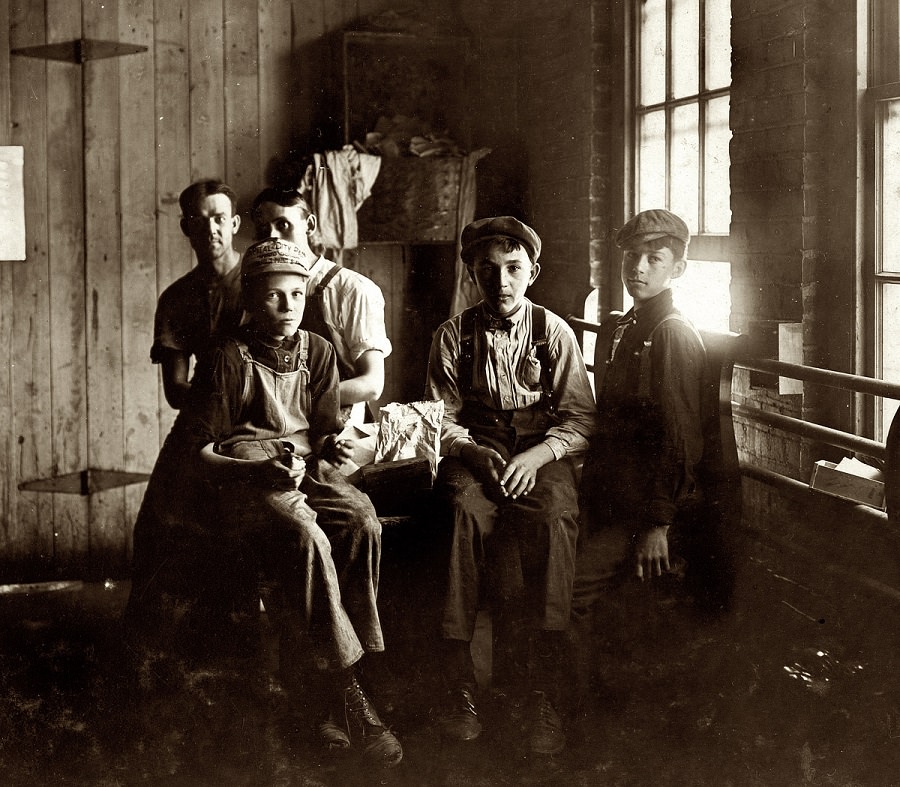
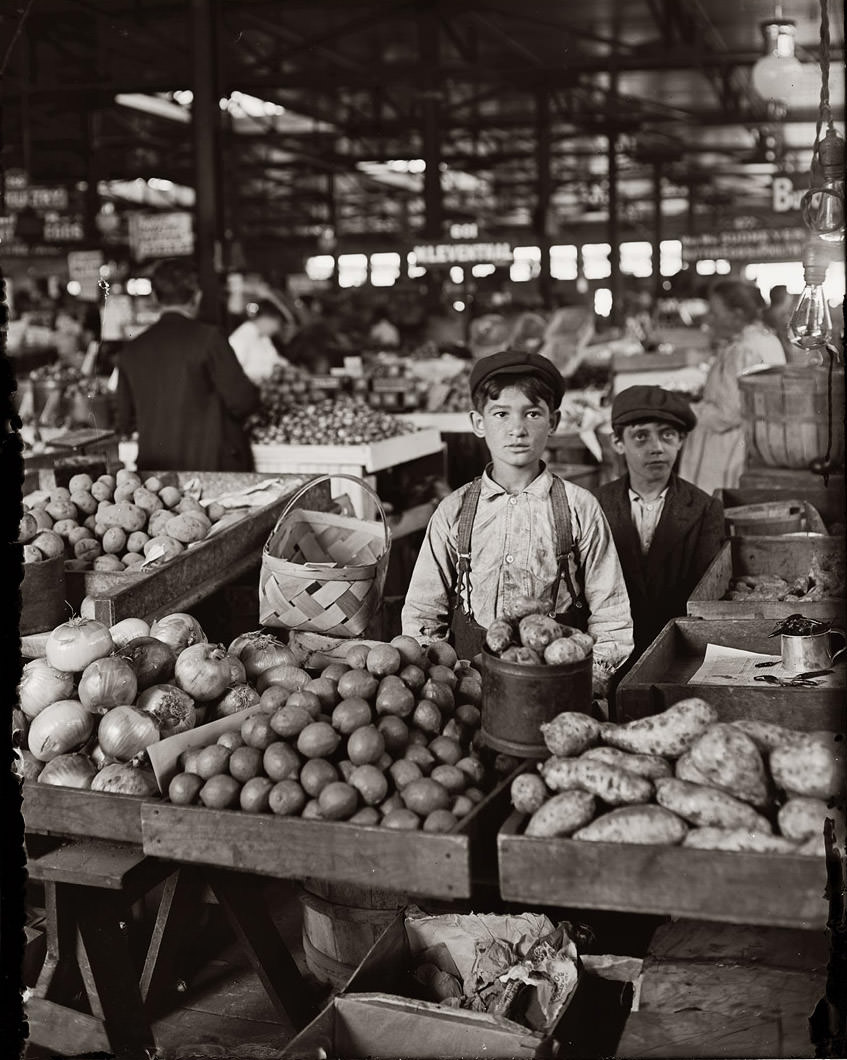
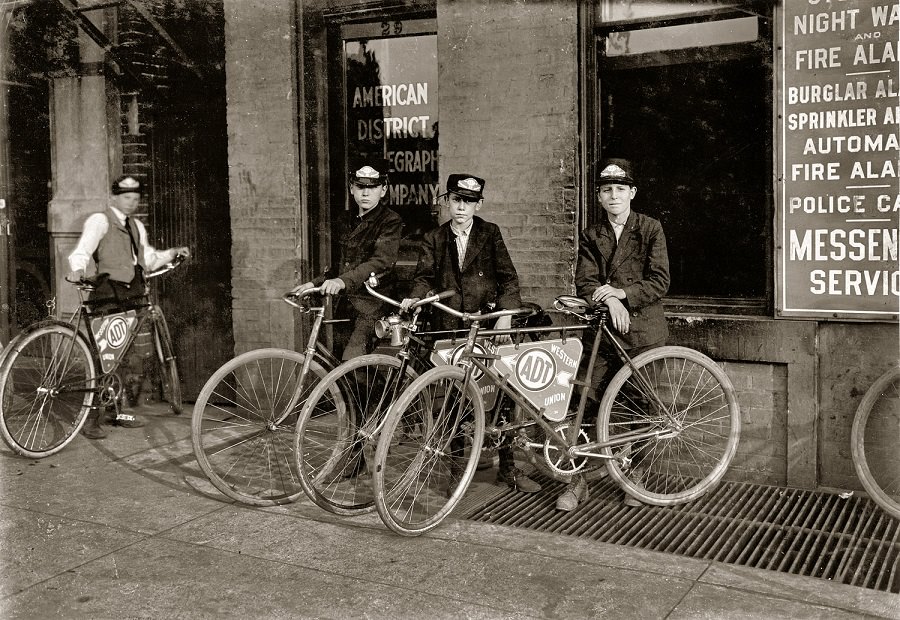
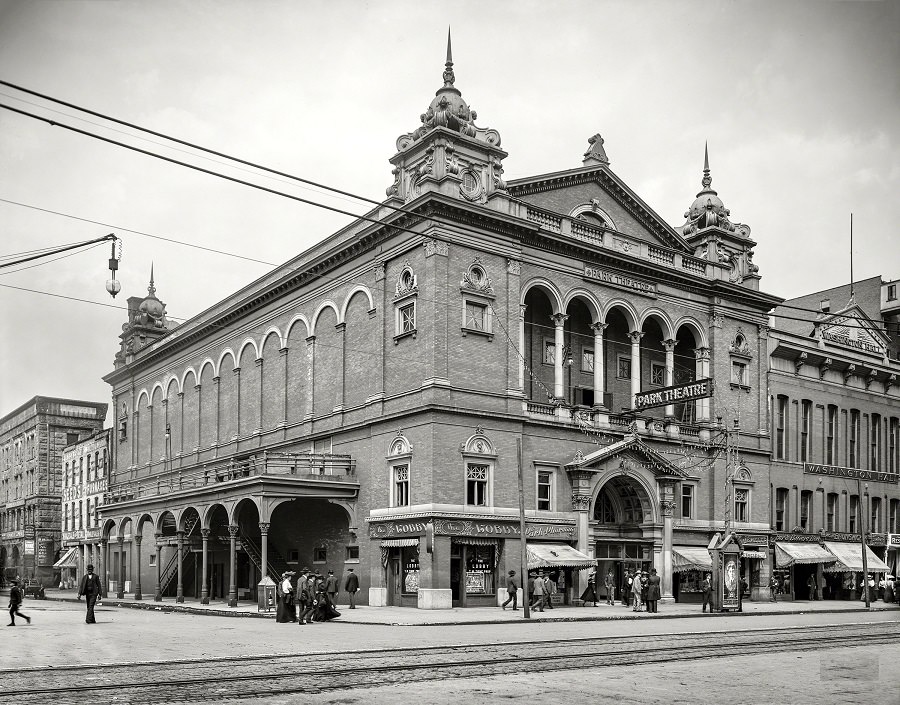
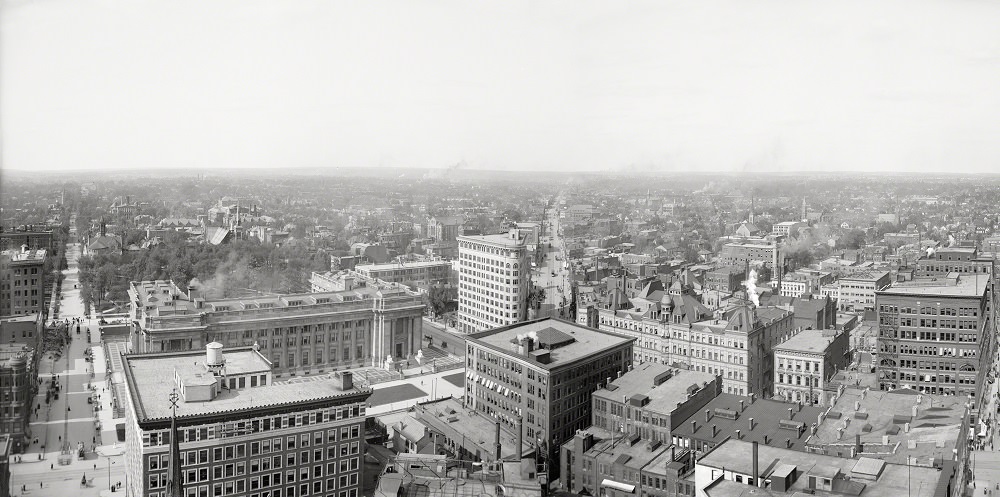
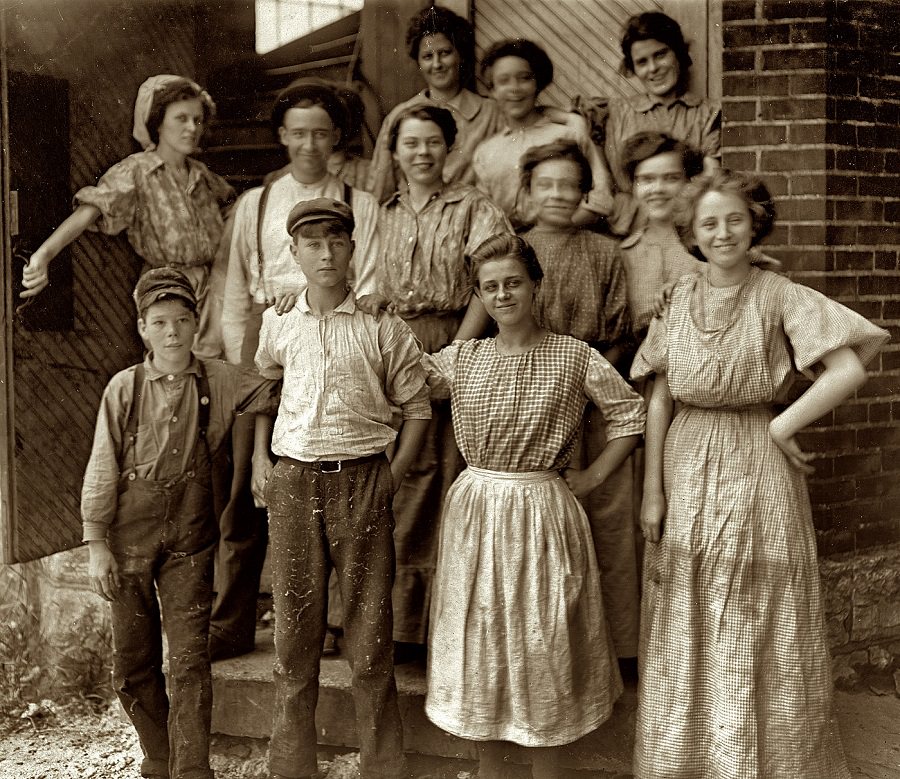
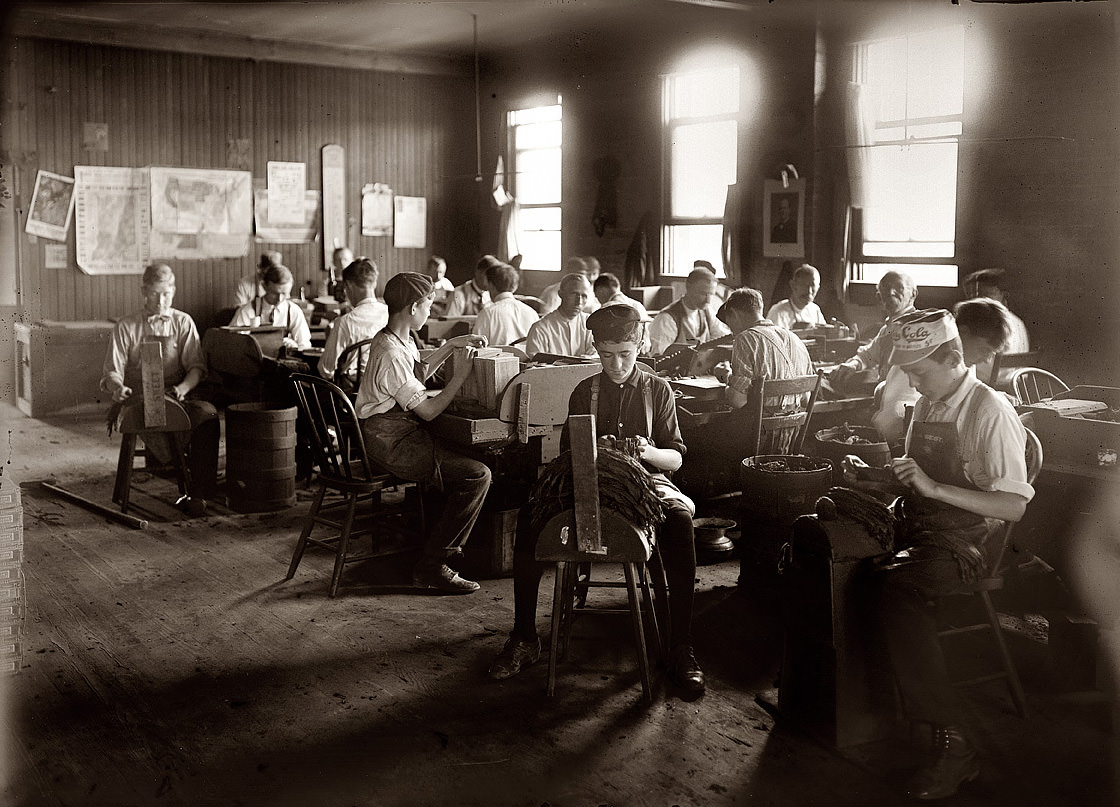
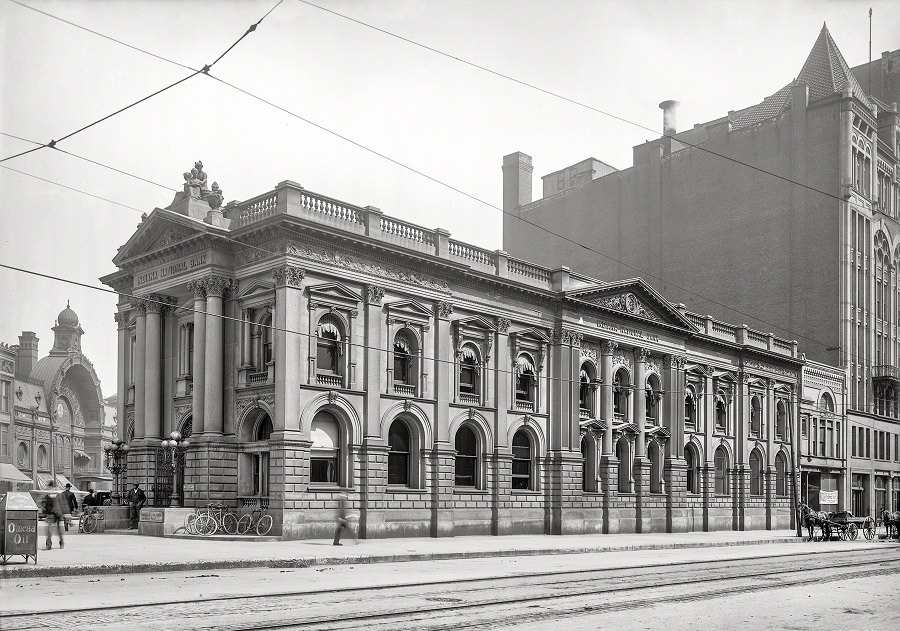
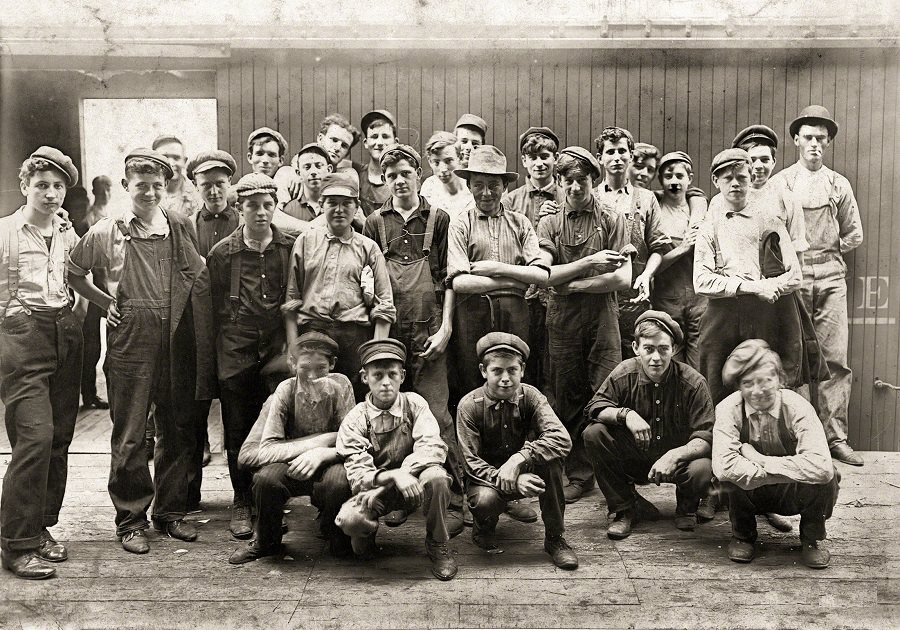
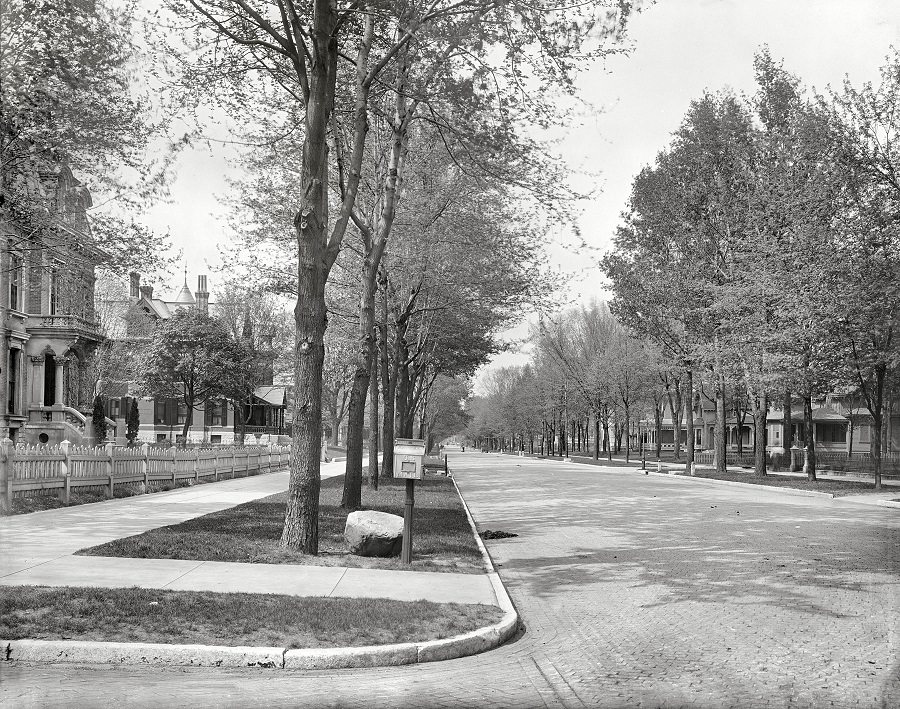
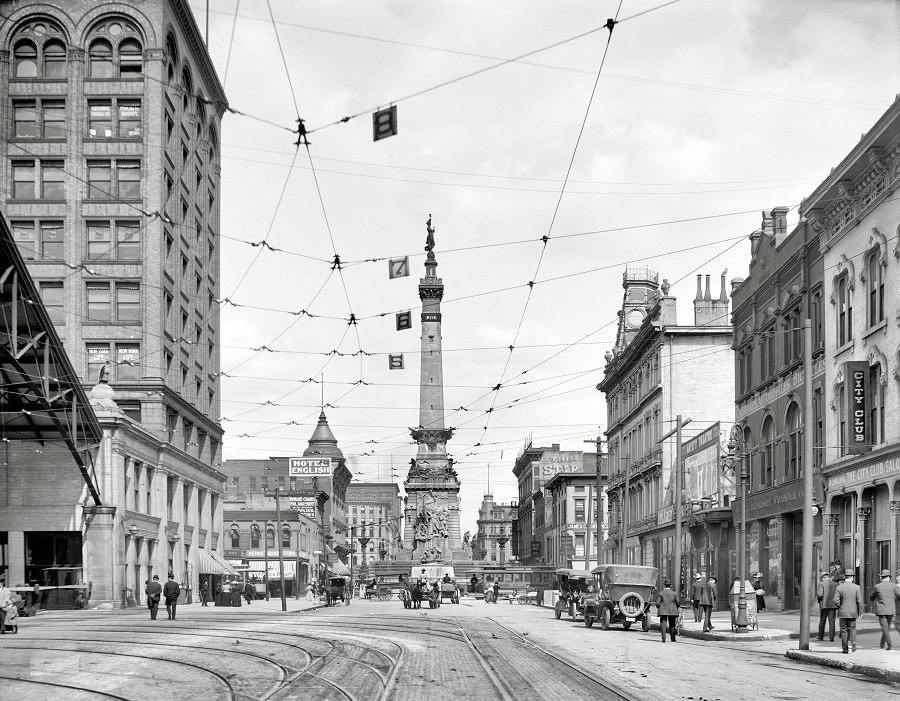

It’s interesting to see how many cities had electric streetcars in the past, and then abandoned them in favor of other forms of transportation. It’s a shame that we didn’t invest more in improving and modernizing this efficient and eco-friendly mode of transportation.
Yes, the remaining rails pop through the pavement in winter.
The photos are wonderful. It’s sad to see how many gorgeous buildings have been demolished.
I’m curious about how many of those buildings still exist today.
It is fascinating to see how cities used to have a comprehensive train and trolley network, which has now been completely dismantled.
Many cities used to have extensive train and trolley networks, but these have been dismantled over time in favor of parking lots and to accommodate personal cars, which is a shame.
So many young kids working in factories. At least they got a break at “noon hour”.